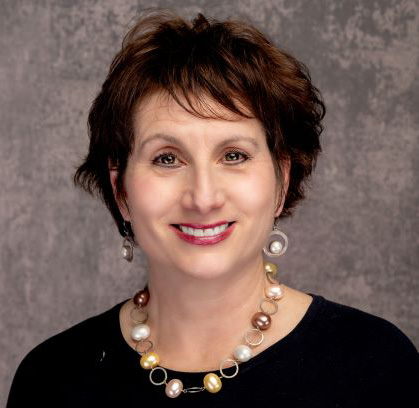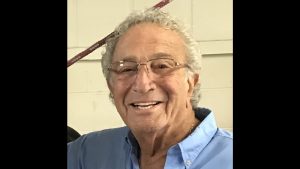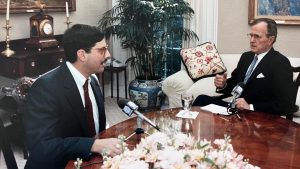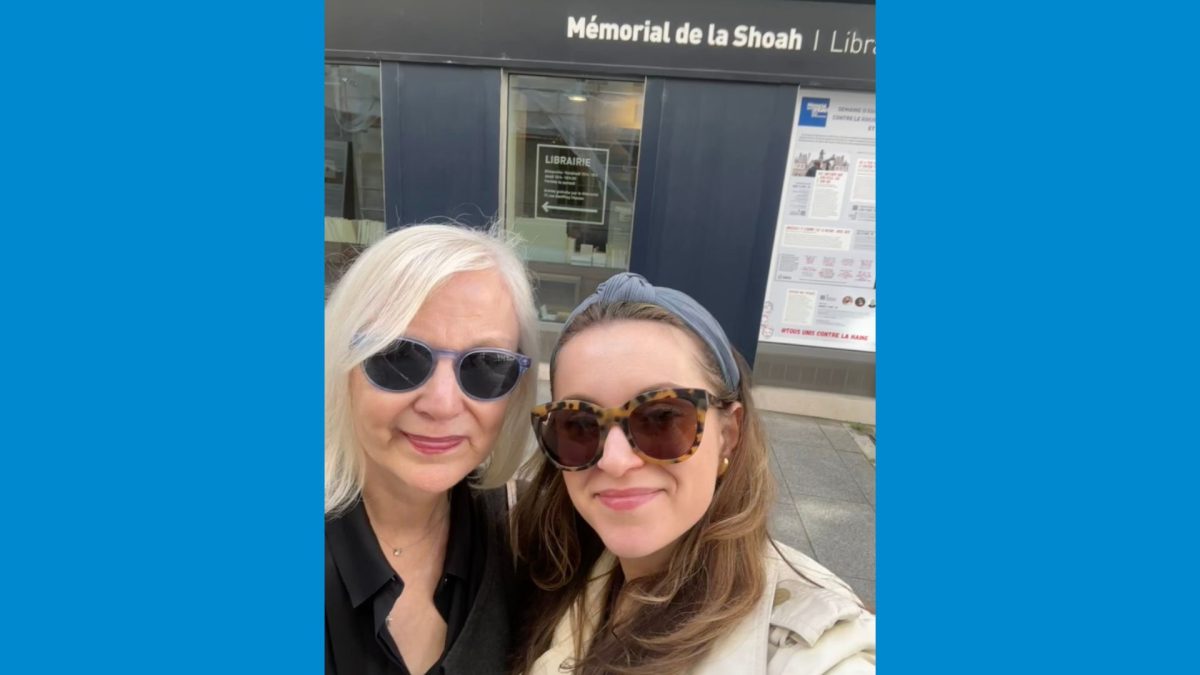
During the earning years, financial priorities for individuals are in two phases: First, finding a home and navigating life on one’s own; and second, starting and supporting a family with all their related expenses and needs.
Nonprofits also have two phases. Initially, it can take a year or so to get started after getting a 501(c)3 (tax-exempt) status from the IRS. That means creating infrastructure: hiring human resources, renting a place to provide services, starting to provide programs, and beginning grant writing and fundraising.
The second phase for nonprofits is the building phase. The time this takes varies significantly according to a myriad of factors. But the need to grow programs, grow revenues, create some sustainability, accumulate assets for the future — all are parallel, in a sense, to what an individual household needs to do.
With all that in mind, how do you assist charities you care about while staying on track with your personal financial goals and budget? I can think of five ways:
1. Contribute to the sustainability of your favorite nonprofit by making systematic monthly donations; $50 per month would be $600 per year, $100 per month would be $1,200 per year and so on. Regular monthly revenue an agency can count on can help with rent, utilities and overhead. These are things many grants and funders do not cover.
2. Sponsor a table at your favorite agency’s gala. That means paying for a table of eight or 10 seats. Invite co-workers, friends, associates whom you want to educate about this agency. Don’t let them reimburse you for the seat; ask instead that they make a donation or participate in the fund-a-need or auction.
3. Budget, for example, $500 a year for four in-kind silent auction items $125 each for donation to your four favorite nonprofits’ events. Because many silent auctions include booze and sports stuff, I try to think outside the box. I get a luxury dog basket from my favorite pet store and contribute this in-kind donation, which I can also write off. Be creative. What’s something else gala attendees might want?
4. Provide staff or board training funds. Many small nonprofits (budgets under $1 million) do not and cannot budget for staff or board training. A gift of $500, $1,000 or $2,000 can go a long way toward providing staff skills as well as elevating the skills of staff and board members. I give $1,500 a year to one favorite agency. It’s used to fund a class on how to start a planned-giving program; classes on donor database reporting; board building and increasing board effectiveness; and much more.
5. Offer to be a matching donor when your favorite agency participates in Give STL Day. Say you’ll match up to $2,500, for example, to the first donors who contribute up to that amount. What a great thing for another donor or new donor to know they’re doubling their donations.
Looking at these options, each is in the $500 to $2,500 range. Could you divvy up your budget among several nonprofits, say a favorite Jewish organization, favorite cultural institution, your alma matter or your child’s school? Or could you pick any three or five agencies that are meaningful to you?
It may not seem like a lot of money, but I promise you the agency or agencies will be grateful for your focus on what they need.
Most of these strategies are not commonly undertaken. They will position you as a unique donor in the eyes of the agency. You can be a prized donor without a big commitment. Donors who provide consistent support are gold.
Author Nina Needleman is a retired financial planner. She spent the first three decades of her career in the financial services industry. She uses her business skills to help nonprofit organizations with Capacity Building and, more importantly, volunteers to teach people about personal finance and philanthropy.















